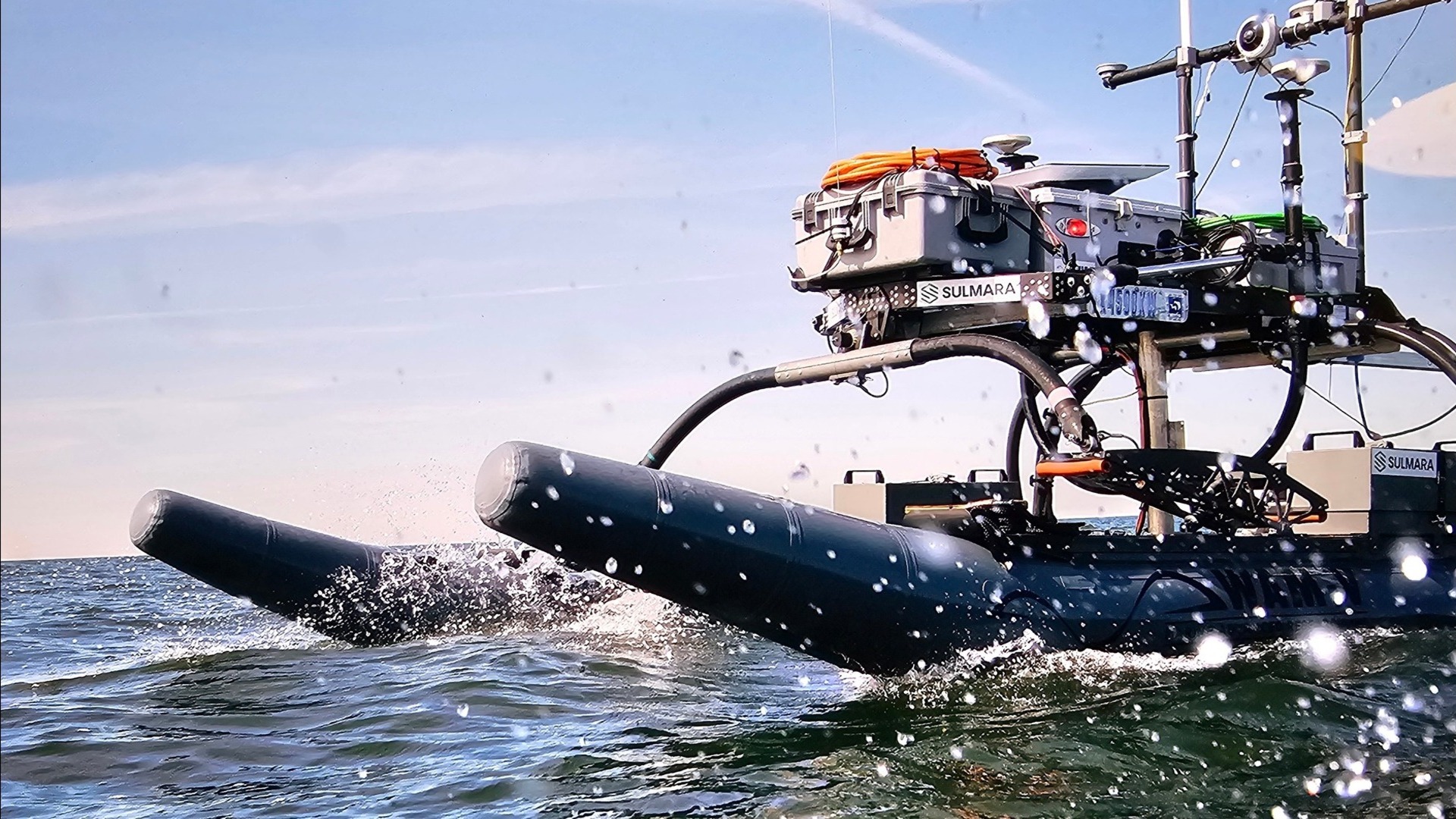Connect with us
* Required fields
* Required fields

 U.S. Gulf of Mexico, off the coast of Jefferson County, southwest Texas
U.S. Gulf of Mexico, off the coast of Jefferson County, southwest Texas

Chevron, along with their partners Talos and Carbonvert (known as CCS LLC) are developing the Bayou Bend Carbon Capture and Sequestration hub, which is seeking to be one of the first offshore carbon dioxide storage projects in the United States. CCS LLC commissioned Sulmara to conduct an archaeological and geohazard assessment of the proposed Bayou Bend pipeline route from the future offshore platform locations to landfall, a scheme that has the potential to reduce the environment.
Learn more about the project“This is some of the best quality data we’ve seen – even in comparison with conventional methods.”